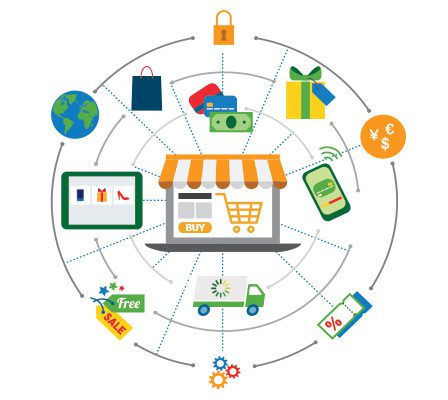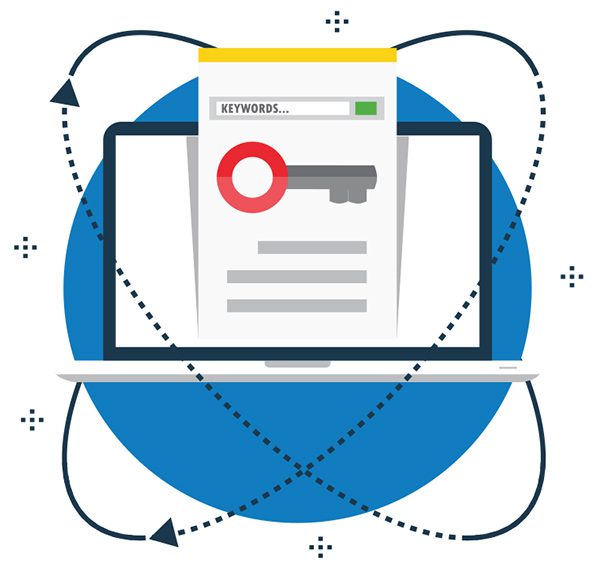 It seems like you can’t turn around or even blink without running into some news story or conversation about Amazon. From their acquisition of Whole Foods to their dominance of the competition on Thanksgiving and Black Friday, the stories are seemingly endless.
It seems like you can’t turn around or even blink without running into some news story or conversation about Amazon. From their acquisition of Whole Foods to their dominance of the competition on Thanksgiving and Black Friday, the stories are seemingly endless.
But if you look beyond the basic news story and general gossip, there lies an even bigger sleeping giant for retailers and brands to leverage: Amazon advertising. From its “humble” beginnings less than a decade ago, Amazon advertising has grown to more than $1.6 billion in annual ad revenue. That number is projected to grow to over $3 billion by 2019.
One of the key reasons for this advertising boon is Amazon Sponsored Products. Sponsored Product ads are the fastest growing Amazon advertising format, accounting for more than three quarters of ads served on Amazon. In 2016, they were responsible for driving more than $1.5 billion in global Amazon sales.
With more than half of all product searches starting on Amazon, your brand needs to have an effective advertising strategy. Sponsored Products should be a core component of that strategy. To help you leverage this advertising format, here are five strategies that will guide you towards marketplace domination.
1. Automatic vs. Manual Campaigns
When setting up your advertising campaigns, it’s important to understand the distinction between the two main campaign types: automatic and manual.
Automatic Campaigns
These campaigns enable Amazon sellers to target all relevant customer searches based on the product listing information. Such campaigns allow your product ads to display on a far wider range of search queries than would be available through manual targeting.
In addition, automatic campaigns are the only Sponsored Products campaigns that are eligible to appear on product detail pages.
These campaigns are the perfect fit for newcomers to the platform. They are easy to implement and an excellent way to develop a baseline of data on product and advertising performance.
Manual Campaigns
Manual campaigns require more precise decision-making from sellers. Sellers must manually set keywords for these campaigns, meaning that there is more initial work to getting these campaigns up and running, but they offer a more refined and targeted level of control.
These campaigns are perfect for experienced sellers who have had a chance to analyze product data and optimal keywords. Manual campaigns give you the opportunity to bid more aggressively on the terms that are more likely to convert for your specific products.
2. Campaign Synergy
 We often hear of advertisers only utilizing one of the two Sponsored Product campaign types available. While each campaign type does offer unique benefits, it is critical to find the right balance between Manual and Automatic campaigns.
We often hear of advertisers only utilizing one of the two Sponsored Product campaign types available. While each campaign type does offer unique benefits, it is critical to find the right balance between Manual and Automatic campaigns.
As mentioned above, Manual campaigns allow for laser-focused profitability and targeting. Automatic campaigns allow for broad catalog coverage.
If you are only using one of the two formats, you will leave sales on the table for your competitors to capitalize on. You need to analyze performance data from your active campaigns and continually test new strategies to maximize your account’s performance.
3. Keyword Theory
 Identifying the right keywords for your Amazon Sponsored Product ads is essential to the ultimate success of your advertising campaigns. Extensive keyword research will allow you to better predict how buyers are searching, and compliment search query data gathered through initial Automatic Sponsored Product ad campaigns.
Identifying the right keywords for your Amazon Sponsored Product ads is essential to the ultimate success of your advertising campaigns. Extensive keyword research will allow you to better predict how buyers are searching, and compliment search query data gathered through initial Automatic Sponsored Product ad campaigns.
Using your accumulated customer data and insights will allow you to see your products through their eyes and discern how these customers search for your products.
For example, one of ROI’s clients in the consumer goods industry was looking to drive more sales and profitable traffic through the Amazon marketplace. To accomplish this, the ROI team implemented keyword optimization strategies for their manual campaigns by targeting high-converting keywords while also adding negative keywords to weed out poor converting queries. By utilizing the Search Terms Report in Seller Central, they gained additional insight to further improve keyword optimization. These strategies led to a 55% increase in revenue, a 34% increase in sales, and a 5% decrease in ACoS (Advertising Cost of Sale) in the first month alone!
4. Bid Management
While all optimizations affect performance, your max bid holds the most immediate correlation to the profitability of your Amazon advertising. Competing ads can change the bid landscape in an instant, driving up the cost of your most popular terms.
It is absolutely essential that you consistently monitor the performance of all of your campaigns. Based on your profitability targets and budget, you’ll want to increase bids to pour gasoline on your winners and decrease bids to bring any losers back into submission.
5. Product Optimization
In addition to managing bids based on your profitability goals, you should consistently be mindful of which products themselves warrant inclusion in your Sponsored Products campaigns.
Are there additional products in your catalog you may want to test? Have you considered removing certain poor performing products from your campaigns altogether? Make sure you are taking into account products that might experience seasonality, or that you might have overstocked or that are nearly out of stock.
An ROI client in the camping & hiking retail industry had established Amazon Sponsored Products campaigns, but were looking to increase profitability by reducing ACoS. The ROI team evaluated their product catalog and focused on creating highly targeted campaigns around the most profitable products. They also restructured existing campaigns based around product type for more streamlined account management. In the first full month, the client’s account saw a 65% decrease in ACoS while still growing revenue by 20%. This amounted to a nearly $20,000 increase in extra monthly revenue!
These are just a few of the strategies that can help make your Amazon Sponsored Product ads a success. If you’re still looking for more insights, you need to get our 2018 Definitive Guide to Amazon Sponsored Products for Brands. This comprehensive e-book goes in-depth on even more campaign strategies, keyword strategies, and optimization nuances that will help brands selling on Amazon to dominate the competition.
And for additional insights, check out some of our related resources below:




